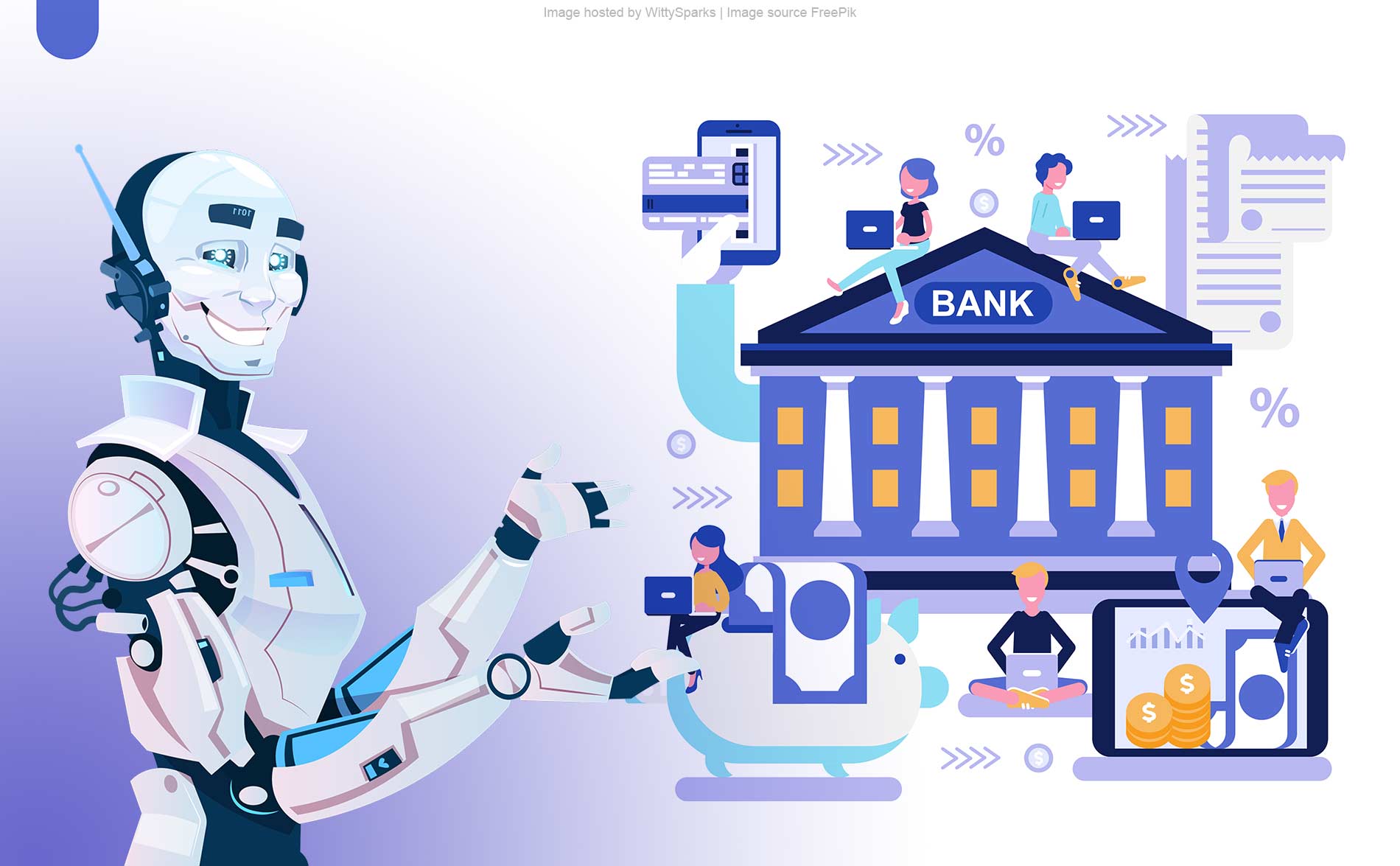The banking industry is one of the earliest adopters of chatbots in its operations. A study from Juniper Research predicts that the success rate of chatbot interactions in the banking industry will reach 90% by 2022. These bots are sophisticated computer programs specially designed to
interact with customers similarly as humans, to improve the performance of the system, by saving a lot of human effort and time. Chatbots are equipped with artificial intelligence and machine learning and have come a long way since ELIZA, which was the first chatbot in 1966. Now, chatbots have become a crucial part of the banking industry, by helping banks optimize their services. These ‘artificial humans’ are revolutionizing the banking sector, in the best way ever discovered.
Intensifying the satisfaction of customers Chatbots are helping banks to intensify and enhance customer satisfaction. They provide answers to the customers’ queries about their bank-related activities within seconds. Now, most of the customers want instant replies to their queries and their queries are put in a queue in case of a greater number of calls by an IVR (Interactive Voice Response) system. Customers, pressed for time, may find this undesirable. In these kinds of situations, chatbots play a crucial role, by providing solutions to the customers in real-time. Chatbots can easily answer the common queries related to account balance, balance transfer, utility payments, ATM locator, etc., within a very little amount of time, which customers will probably expect. With predictive analytics, the chatbots pick up the customer’s calls and answers automatically, without any human intervention. This feature of chatbots will reduce human effort and makes life easier in any sector where chatbots are implemented. Also, some banks have developed the chatbots which can help the customers in blocking their debit cards instantly when someone has stolen their card or they lost it. They will ask the customers about the information about their card. Then chatbot can validate the details and sends an OTP to the registered phone number, to block one’s card. Once fed, the card gets blocked within no time. Chatbots provide continuous and uninterrupted 24×7 services, which creates a meaningful relationship between customers and chatbots. Chatbots help in suggesting solutions and products Chatbots are becoming more action-oriented because of sophistication. Apart from answering common queries of customers, which are related to banking operations, now they went a step further and suggesting customized solutions and products to the customers. For example, if a customer is asking queries about home loan or loan against any property, then chatbot will list out all such products which are offered by the bank. Moreover, they also help the customers to calculate their loan eligibility and the loan amount based on the inputs given by the customers. This kind of implementation in the banking sector will go a long way in enhancing the revenues for banks in the long run. The improved focus of banks on areas which need human intervention As the chatbots are capable of dealing with the common queries of the customers related to bank operations, bank representatives can comfortably focus on the areas which need human intervention. For example, helping customers to know the nuances of their offerings and how it can affect their overall financial health.
Bank representatives can deal with these kinds of human interventions with chatbots helping them with all the common services, which can replace humans with bots. Though they have been a disruptor for the industry, it is not possible to replace humans with the chatbots completely. As most of the customers after having general knowledge about the products would naturally want face-to-face interaction with the concerned representatives to know the finer aspects about the product, which a chatbot cannot provide to the customers. So, chatbots are helpful only up to a certain extent, but not beyond its limits. For an instance, if it’s a loan after knowing the basic information about the eligibility and the amount of the loan, any customer would generally prefer a direct discussion with bank authorities related to the flexibility of rate of interest, tenure, processing and prepayment charges among others, which cannot be done by using the chatbots. Since chatbots cannot behave as a human 100%, they do have such limitations in any sectors. But they can perform all the basic conversation most effectively. So, good service of chatbots can be utilized up to the extent of their capabilities. Beyond these basic services, we need a real bank representative to perform face-to-face conversations related to next level details about any service or product. Chatbots saving banks at hard times Chatbots are capable of handling multiple queries at the same time. In a single month, the bots that are deployed by the bank can process millions of queries simultaneously without any interruptions. It would be very expensive and time-consuming to appoint some agents to handle such common queries. So, bots are helping banks to save up-front costs and the Juniper Research study suggests that banks could save over USD 8 billion by 2022, with the help of chatbots. Hence, bots are capable to save a large number of expenses of a bank and
also, they can save a lot of time, which can be utilized for further bank operations. This would enhance the performance of a bank system. Banks are deploying the chatbots on their websites and messengers on social media platforms such as Facebook, Instagram whereby their customers can type their queries and find the solutions to their queries.
Summary
Chatbots’ capacity of processing multiple queries simultaneously make the banks to highly depend on them. This would reduce the time taken by humans for such operations.

